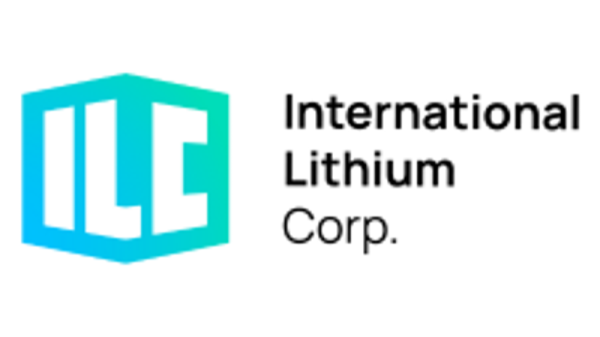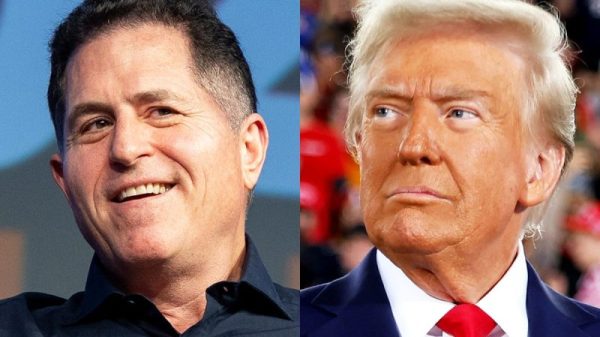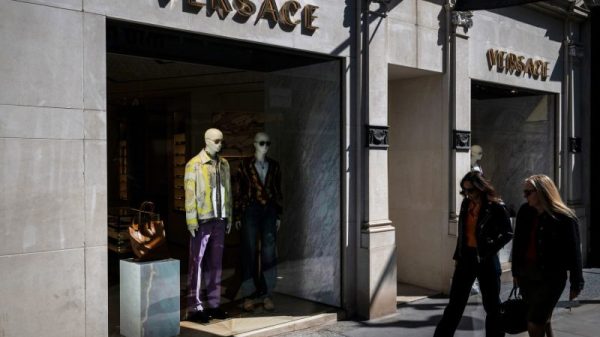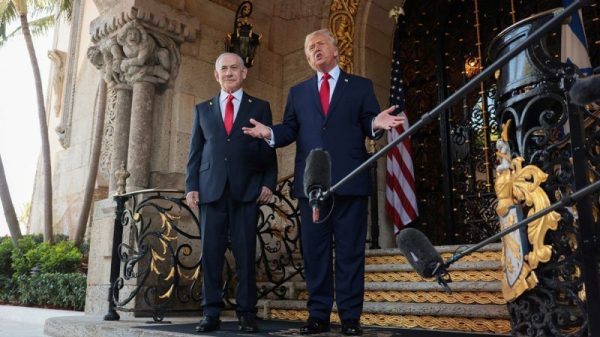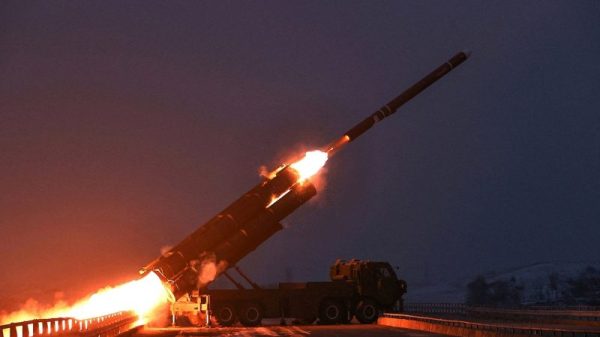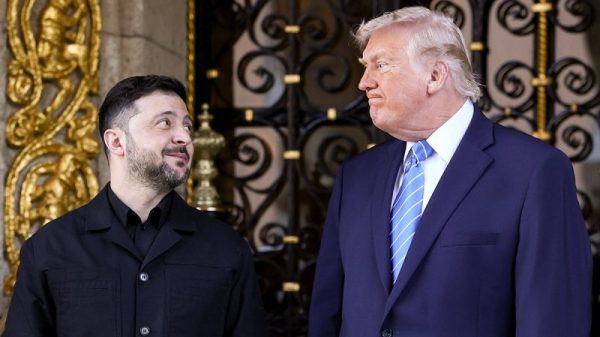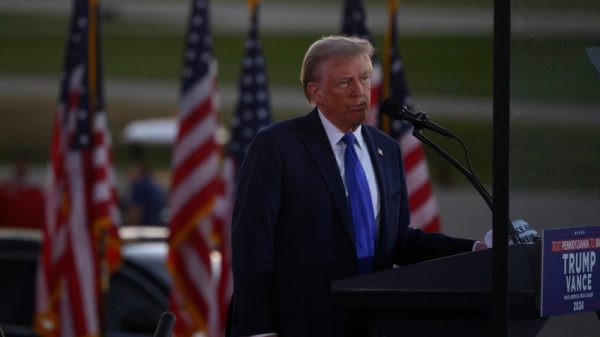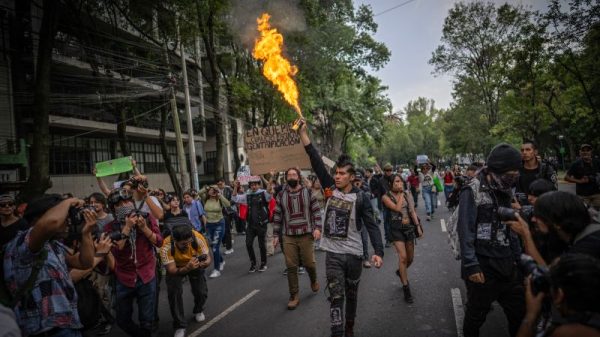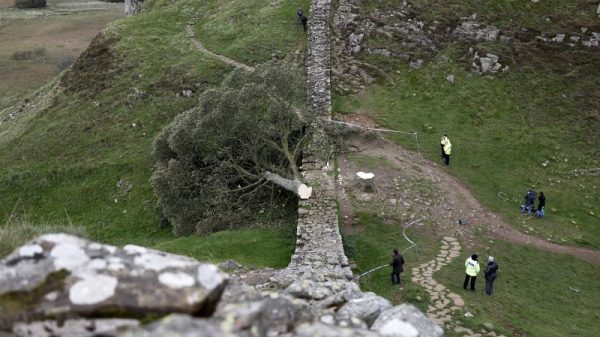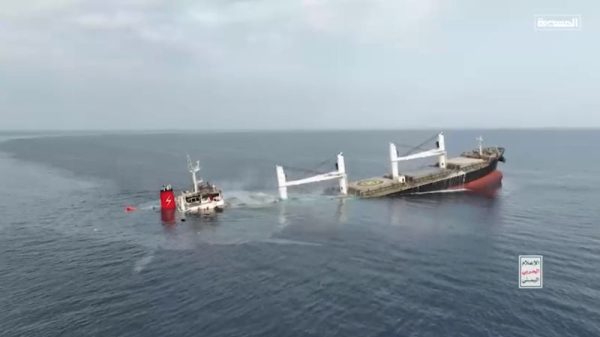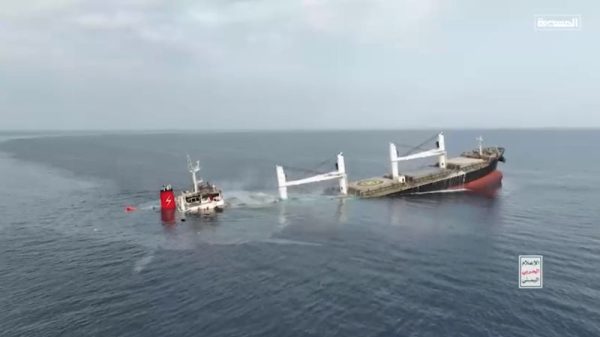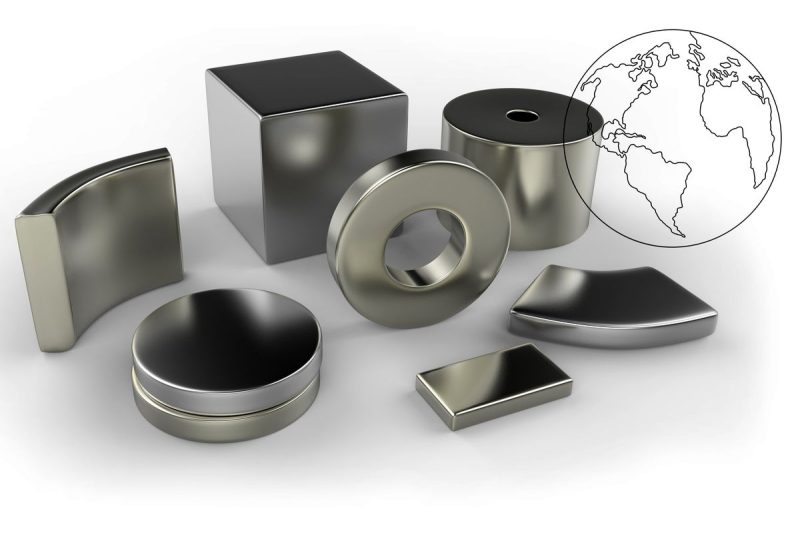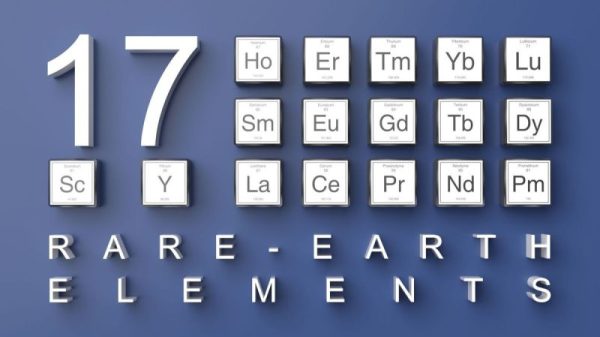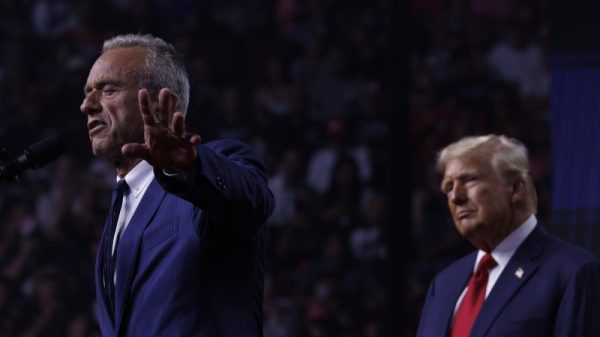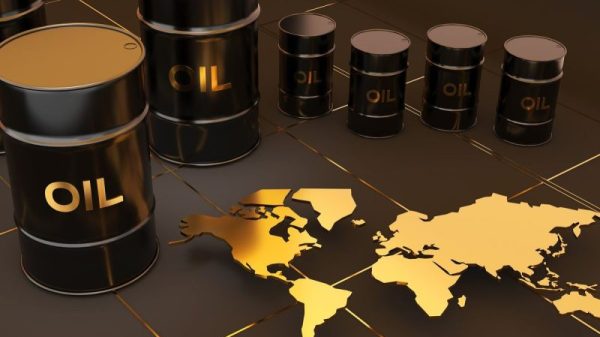Rare earth metal production was on the rise again in 2023, jumping to 350,000 metric tons (MT) worldwide — that’s up significantly from 190,000 MT in 2018, just five years prior.
Demand for rare earth metals is increasing as renewable energy becomes more important across the globe. Rare earths such as neodymium and praseodymium, which are important in clean energy applications and high-tech industries, are in the spotlight, particularly as electric vehicles and hybrid cars gain further popularity.
Ongoing tensions between the US and China, along with other geopolitical factors, are impacting the outlook for rare earths investing. Since China is the world’s largest producer of rare earths by far, the fraught relationship between the countries is directing attention to global supply chain disruption in the rare earths industry.
With that in mind, it’s worth being aware of rare earth metal production by country figures. Here’s a look at the 10 countries that mined the most rare earths in 2023, as per the latest data from US Geological Survey (USGS).
1. China
Mine production: 240,000 metric tons
In 2023, China’s domestic output of rare earths was 240,000 metric tons, up from 210,000 MT the previous year.
As mentioned, China has dominated rare earths production for quite some time. While China dominates global production of the vast majority of the 17 different rare earth elements, its output is heavily concentrated in light rare earths, specifically the magnet rare earths neodymium and praseodymium.
The largest rare earth mining company in the world is China Northern Rare Earth High-Tech (SHA:600111), which owns the prolific Bayan Obo rare earth mining complex in Inner Mongolia.
Chinese producers must adhere to a quota system for rare earths production. The 2023 quota for rare earths mining and rare earths separation was set at to 240,000 metric tons and 230,000 metric tons of rare earth oxides (REO) equivalent, respectively. Interestingly, this system has led China to become the world’s top importer of rare earths since 2018.
The quota system is a response to China’s longstanding problems with illegal rare earths mining. For more than a decade, the country has taken steps to clean up its act, including shutting illegal or environmentally non-compliant rare earths mines, and limiting production and rare earths exports.
China’s rare earths industry is controlled by state-owned miners, in theory allowing China to keep a strong handle on production. However, illegal rare earths extraction remains a challenge, and the Chinese government continues to take steps to curb this activity.
The Chinese government is set to introduce even tougher regulations requiring companies involved in the mining, smelting and trading of rare earths to maintain detailed records of product flow and input this data into a traceability system. These new regulations are set to take effect in October of 2024.
2. United States
Mine production: 43,000 metric tons
The US produced 43,000 metric tons of rare earths in 2023, up from 42,000 MT in the previous year.
Rare earths supply in the US currently comes only from the Mountain Pass mine in California, which is owned by MP Materials (NYSE:MP). Mountain Pass is producing high-purity neodymium and praseodymium (NdPr) oxide, a key material for high-strength neodymium iron boron (NdFeB) magnets.
The mine has had an interesting decade. Previously owned by Molycorp, the mine was put on care and maintenance in 2015 due to low rare earths prices and Molycorp filing for bankruptcy. Mountain Pass re-entered production in Q1 2018 under its new ownership.
The US is a major importer of rare earth materials. The USGS estimates the value of US rare earth imports for 2023 at US$190 million, down from US$208 million in 2022. The country has classified rare earths as critical minerals, a distinction that has come to the fore due to trade issues between the US and China.
Aiming to bolster its domestic supply, the US government is implementing a 25 percent tariff on rare earth magnet imports from China. “The tariff rate on natural graphite and permanent magnets will increase from zero to 25 percent in 2026. The tariff rate for certain other critical minerals will increase from zero to 25 percent in 2024,” states a May statement from the White House. “Concentration of critical minerals mining and refining capacity in China leaves our supply chains vulnerable and our national security and clean energy goals at risk.’
3. Myanmar (also known as Burma)
Mine production: 38,000 metric tons
Myanmar mined 38,000 metric tons of rare earths in 2023. This was an increase of more than 216 percent from the 12,000 MT Myanmar produced in 2022, as supply was down due to a temporary halt in production associated with the turmoil following the 2021 military coup.
Its 2023 production rebounded to surpass the 35,000 MT Myanmar produced in 2021. According to the International Energy Agency (IEA), since 2015, Myanmar’s share of global rare earth production has surged from 0.2 percent to 14 percent. Unsurprisingly, the temporary halt in Myanmar’s production in the late summer of 2022 sent rare earth prices to their highest level in 20 months, as per OilPrice.com.
China, who shares a border with Myanmar, obtains 70 percent of its medium to heavy rare earths feedstock from its neighbor, including dysprosium and terbium. Myanmar’s rare earths industry is plagued with controversy as much is reportedly carried out by unregulated small-scale miners and linked with armed militia groups with no environmental best practices or remediation plans in place.
Ironically, the act of mining these metals critical for clean energy technologies such as EVs and wind turbines is itself fraught with environmentally destructive practices that are harming the waterways, wildlife and vegetation in Myanmar.
4. Australia
Mine production: 18,000 metric tons
In 2023, Australia’s rare earths production came in at 18,000 metric tons, on par with 2022 after rising steadily for the last few years. representing more than 5 percent of the global total. That’s compared to the 24,000 MT produced in 2021. The country holds the world’s sixth largest rare earths reserves, and is poised to increase its output. According to the IEA, Australia’s share of global rare earth elements production is projected to rise to 18 percent by 2030.
Lynas (ASX:LYC,OTC Pink:LYSCF) operates the Mount Weld mine and concentration plant in the country, and is slated to complete its expansion project to boost production to 12,000 MT per year of NdPr products by 2025. Mount Weld ranks among the world’s top rare earth mines, and Lynas is the the leading producer of rare earths outside of China.
Australian company Northern Minerals (ASX:NTU,OTC Pink:NOURF) is undertaking a definitive feasibility study for its Browns Range mining and process plant to process, which is due for completion in Q4 2024 with a final investment decision targeted for Q1 2025. Its main products will be terbium and dysprosium.
5. Thailand
Mine production: 7,100 metric tons
Thailand’s rare earths production came in at 7,100 metric tons in 2023, level with the prior year. However, the country’s rare earth production has ramped up rapidly in recent years. Thailand’s output of rare earths in 2018 was just 1,000 MT and by 2021 it had hit 8,200 MT.
While there’s not much information available on Thailand’s rare earth industry, after Myanmar, the country is a major source of rare earth imports for China. As far as downstream rare earths product makers, Neo Performance Materials’ (TSX:NEO) subsidiary Neo Magnequench operates a rare earth magnetic materials manufacturing facility in Korat, Thailand.
Recently, Chinese electric vehicle giant BYD (OTC Pink:BYDDF,HKEX:1211,SZSE:002594) is opening a US$486 million EV manufacturing facility in the country. The Financial Times reports that ‘analysts expect Chinese EV makers to penetrate further into south-east Asia because Thailand has lower tariffs on fully assembled EVs for companies that have pledged to build EV factories there, and most of them are Chinese.’
6. India
Mine production: 2,900 metric tons
India’s 2023 production was 2,900 metric tons, unchanged from the previous year. The country’s output represents less than 1 percent of global rare earths supply. India’s rare earths production is far below its potential, considering the nation holds almost 35 percent of the world’s total beach sand mineral deposits, which are significant sources of rare earths.
India joined the Minerals Security Partnership (MSP) in mid-2023, a multi-nation group led by the United States and focused on the creation of critical mineral supply chains, including for rare earths.
Much of the country’s rare earth exploration and mining is being conducted under the auspices of the Government of India via Indian Rare Earths Limited (IREL), which was established in 1950. Furthermore, the government is establishing research and development into new technologies for extracting and processing rare earth minerals.
7. Russia
Mine production: 2,600 metric tons
Russia produced 2,600 metric tons of rare earths in 2023, nearly the same level as the previous five years. In terms of global rare earths reserves, Russia ranks third after China and Brazil. TriArk Mining, a joint venture owned by industrial conglomerate Rostec and billionaire Alexander Nesis, is the main player in Russia’s rare earth sector, and is developing the Tomto rare earths deposit.
Prior to the country’s aggressive war against Ukraine, the Russian government was allegedly “unhappy” with its supply of rare earths. The Russia-Ukraine war has raised concerns over disruptions to the US/Europe rare earths supply chain.
Russia has reportedly reduced mining taxes and offered discounted loans to investors in nearly a dozen projects intended to increase the nation’s share of global rare earths production from the current 1.3 percent to 10 percent by 2030.
8. Madagascar
Mine production: 960 metric tons
Madagascar recorded rare earths extraction of 960 metric tons in 2023, on par with the previous year and down dramatically from 6,800 MT in 2021.
The country’s Ampasindava peninsula is reportedly home to 628 million metric tons of ionic clays with a significant concentration of rare earths, particularly dysprosium, neodymium and europium. It’s considered one of the largest rare earth deposits outside China. Whether or not it is ever developed is up in the air.
The declining in rare earths production in recent years is due in large part to increasing opposition to rare earths mining on the part of farmers who are strongly against mining activity in their communities.
In April 2024, Energy Fuels (TSX:EFR,NYSEAMERICAN:UUUU) agreed to acquire Base Resources and its advanced Toliara heavy mineral sands project in Southwest Madagascar. Energy Fuels plans to separate monazite sands from Toliara’s Ranobe deposit at its White Mesa mill in Utah, US.
9. Vietnam
Mine production: 600 metric tons
Vietnam’s rare earths production came in at 600 metric tons in 2023, a fall from 1,200 MT in 2022. Vietnam holds the world’s second largest known rare earths reserves, including several rare earth deposits against its northwestern border with China and along its eastern coastline.
The country’s government is interested in building its clean energy capacity, including solar panels, and is said to be looking to produce more rare earths for its supply chain for that reason. It has set a goal of extracting and processing 2 million metric tons of rare earths per year by 2030.
However, serious corruption charges in October of 2023 that led to the arrests of top industry executives, including the chairman of Vietnam Rare Earth JSC, has hamstrung those plans. ‘The arrests stalled government plans to auction new rare earth mining concessions and cast a cloud of uncertainty over the industry that has given foreign investors pause,’ reported Asia Times.
10. Brazil
Mine production: 80 metric tons
Brazil produced just 80 metric tons of rare earths in 2023, although the country holds reserves of 21,000,000 MT. Back in 2012, a US$8.4 billion rare earths deposit was discovered in Brazil.
In August 2024, St. George Mining (ASX:SGQ) announced its plans to acquire the Araxa niobium-rare earths project located in Minas Gerais, Brazil. It is adjacent to CBMM’s flagship niobium mine, which is a prolific producer of niobium.
Another significant rare earths project in Brazil is Resouro Strategic Metals’ (TSXV:RSM,ASX:RAU) Tiros titanium-rare earths project located in Minas Gerais. In July, Resource published a maiden JORC-compliant mineral resource estimate for the central block of Tiros; the resource estimate stands at 1.7 billion MT, divided into 1 billion MT in the measured and indicated category, and 700 million MT in the inferred category. It contains 3,900 parts per million (ppm) total rare earth oxides, 1,100 ppm magnet rare earth oxides and 12 percent titanium dioxide.
10. Malaysia
Mine production: 80 metric tons
Malaysia produced 80 metric tons of rare earths in 2023, on par with its output in the previous year and tying with Brazil for 10th place. Malaysia hosts the world’s fourth largest rare earth reserves.
Malaysia represented the second biggest source for US rare earth imports in 2023 at 11 percent, according to the USGS, up from 8 percent in the previous year. Australia’s Lynas (ASX:LYC,OTC Pink:LYSCF) sends its mined material for refining and processing to its plant in Malaysia.
The Malaysian government has imposed a temporary ban on the export of unprocessed rare earths materials as of January 1, 2024, in an effort to grow its downstream value-added rare earths industry.
Securities Disclosure: I, Melissa Pistilli, hold no direct investment interest in any company mentioned in this article.




